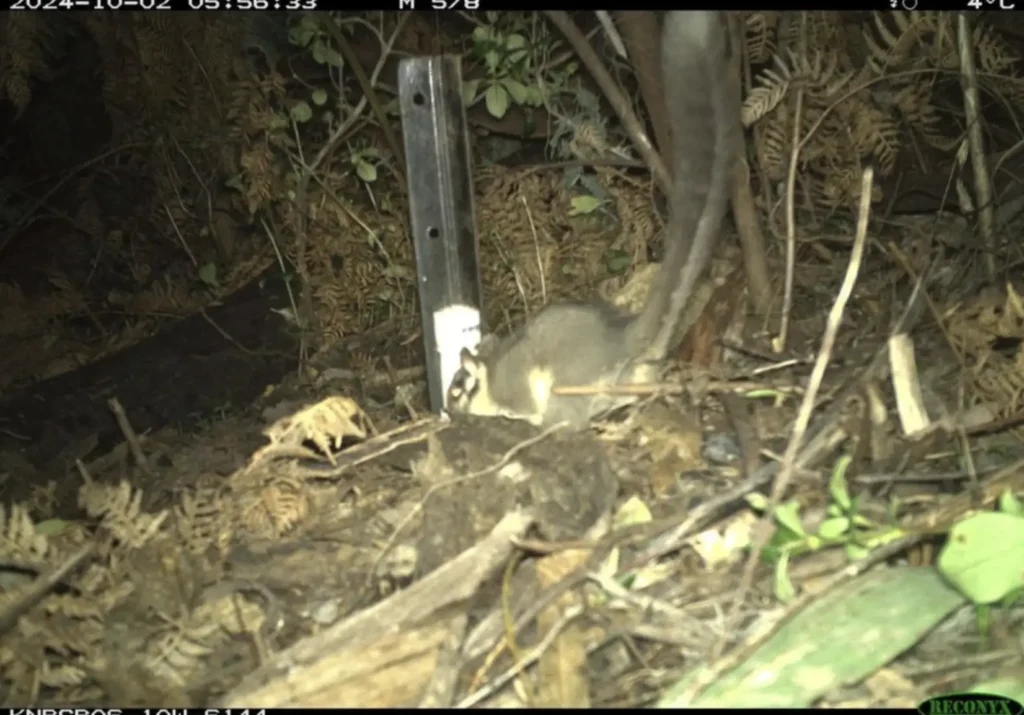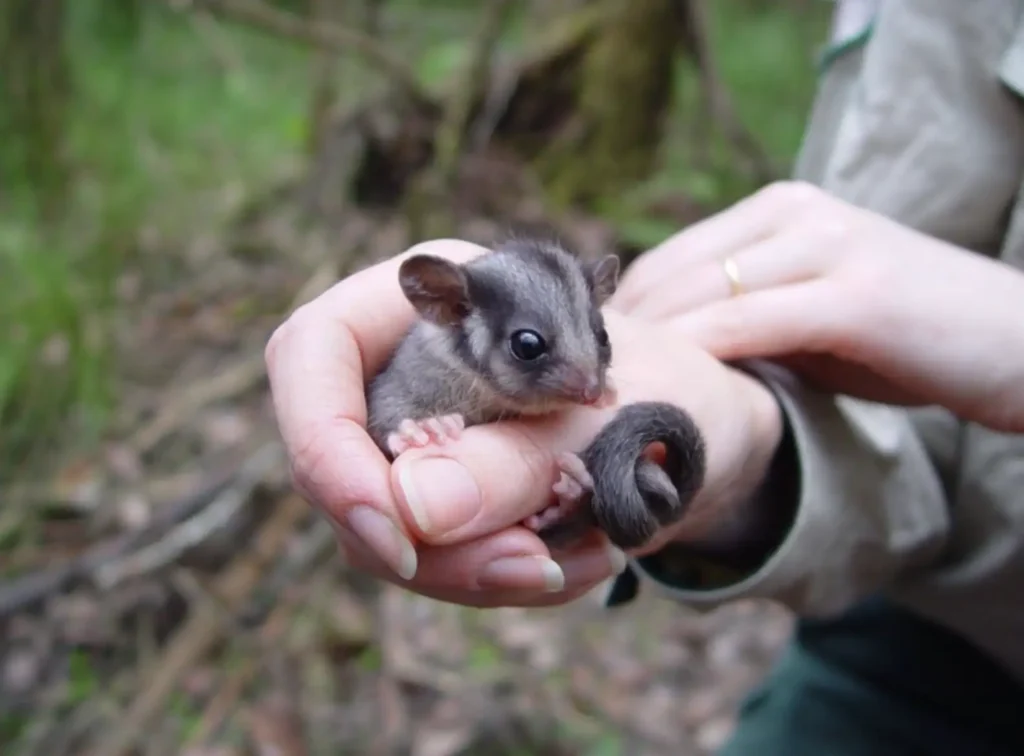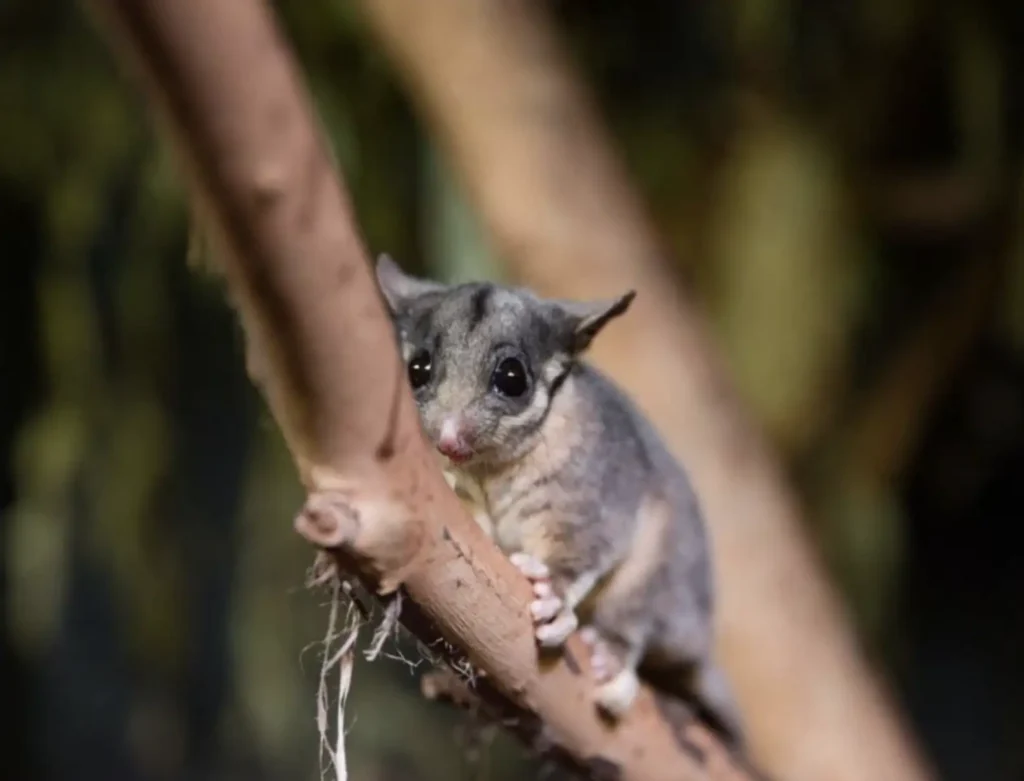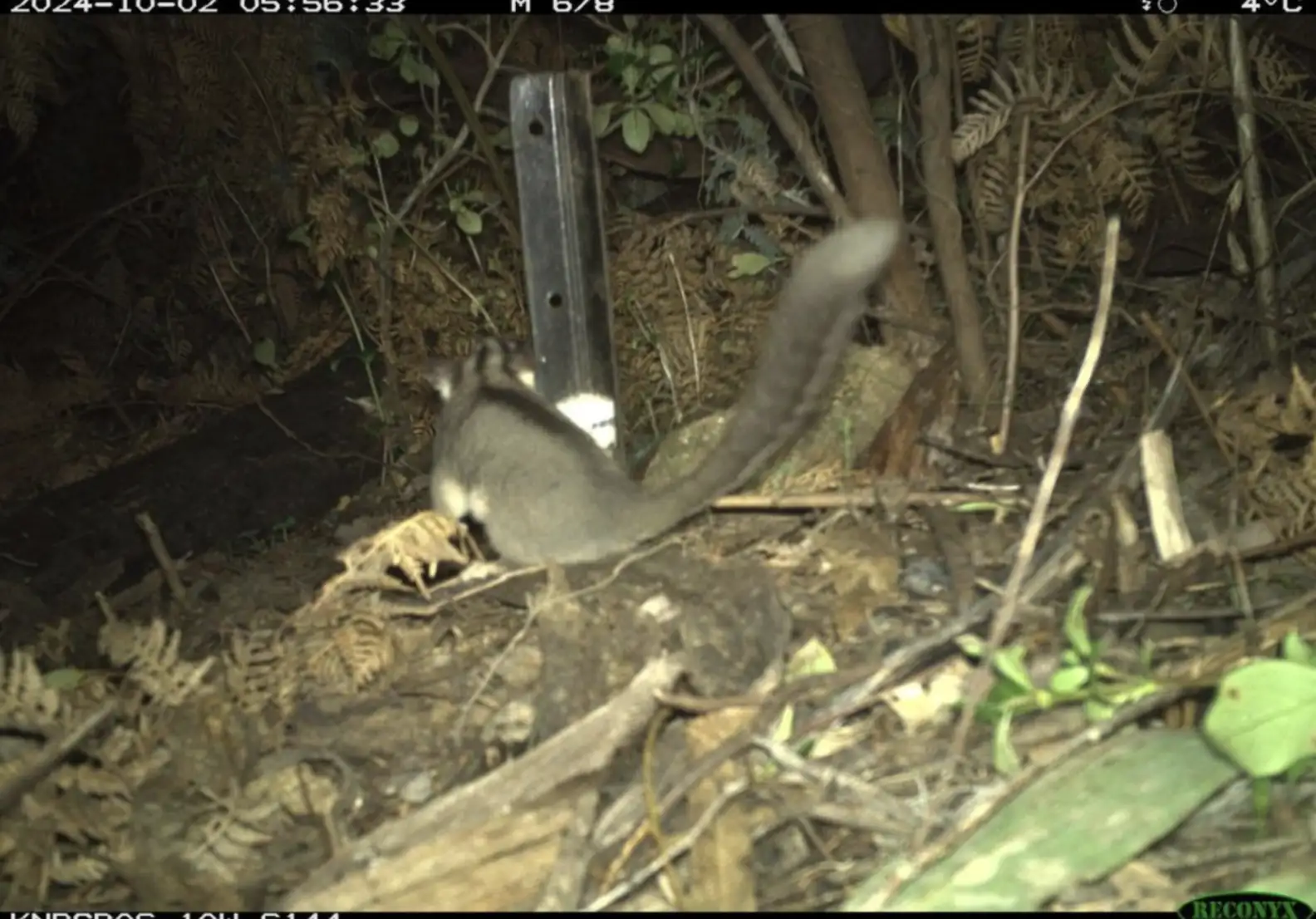“It’s an amazing discovery.”
Last year, ecologists installed trail cameras throughout Kosciuszko National Park in New South Wales, Australia. Their goal was to capture footage of the smoky mouse — a critically endangered rodent known for its distinctive gray fur.
When the researchers recently reviewed the footage, they were thrilled to see images of the elusive smoky mouse. But what they found next left them stunned.

Among the expected wildlife appeared an unexpected guest: a Leadbeater’s possum — a species long believed to be extinct in this part of Australia.
Often nicknamed “forest fairies,” Leadbeater’s possums are small, nocturnal marsupials with bushy tails and dark dorsal stripes. These beloved animals are the faunal emblem of Victoria, holding a cultural status similar to a state animal in the U.S. Until now, scientists believed they only lived in Victoria’s forests.

According to the NSW Department of Climate Change, Energy, the Environment and Water (DCCEEW), the last evidence of these possums in New South Wales came from bones discovered in nearby caves — bones believed to be up to 200 years old. This new sighting marks the first confirmed living population in the region in modern times.
“The discovery of a new, separate population brings hope for the conservation of this species,” said the DCCEEW.
To learn more, researchers are now deploying additional trail cameras across the park to study the possums’ behavior, range, and habitat. This information will play a crucial role in shaping conservation strategies.

“This reduces the risk to the species from single catastrophic events,” said Victorian Minister for Environment Steve Dimopoulos, emphasizing how vital it is to have multiple populations for long-term survival.
The find is a powerful sign that conservation efforts are paying off — and a cause for celebration among scientists and wildlife advocates alike.
“It’s an amazing discovery,” the NSW National Parks and Wildlife Service shared on Facebook. “Hopefully, this is the first of many more wonderful discoveries to come!”
